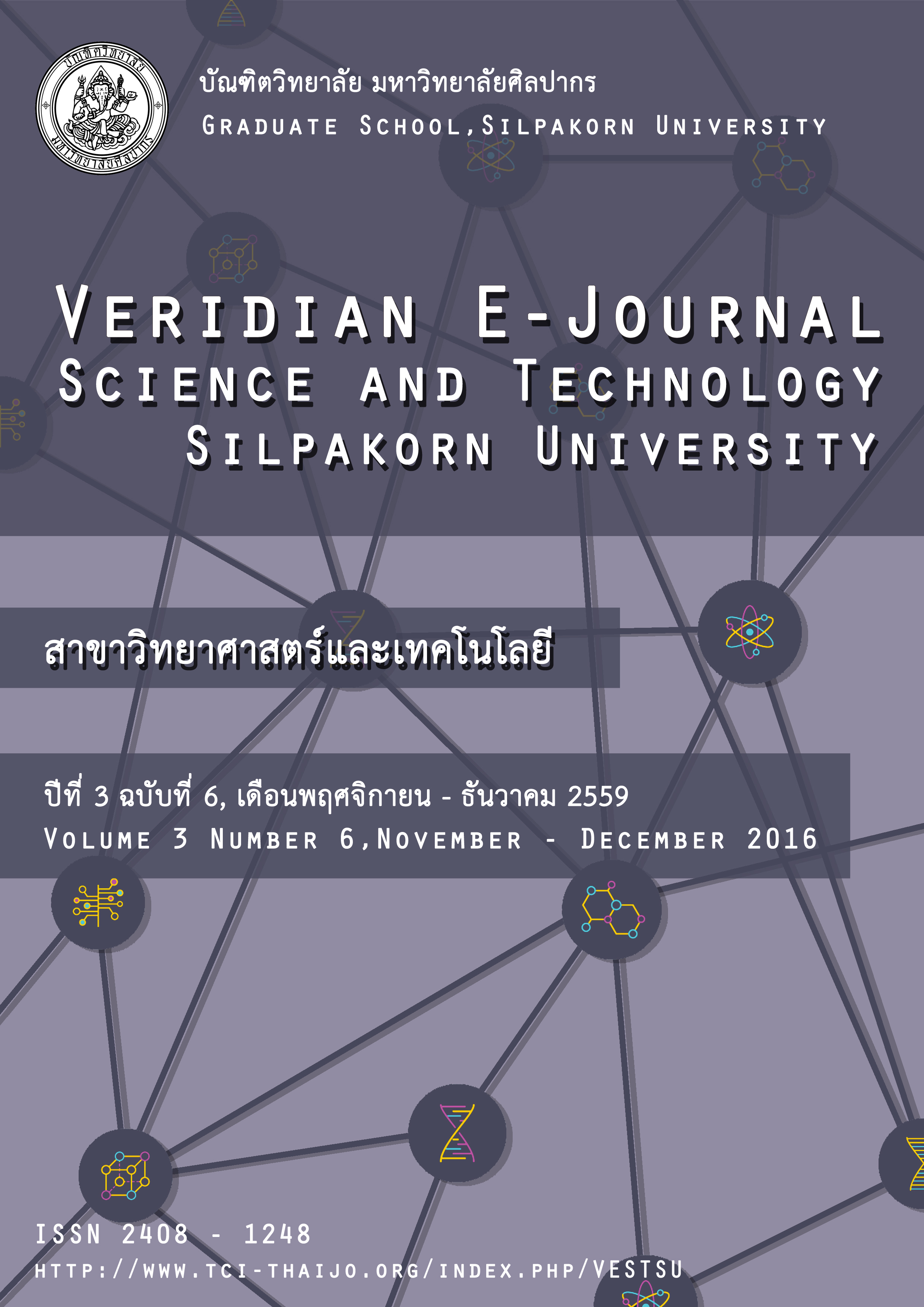Effect of cadmium accumulation on Purple Heart, (Tradescantia pallida): An investigation by SEI/ EDX smiling program X-ray images
Main Article Content
Abstract
This study described a technique for anatomical and ultrastructural investigation of the effects of pH (4.5, 6.0, and 7.5.) on cadmium absorption of Purple Heart (Tradescantia pallida) cadmium accumulation in different parts (leaf, stem and root) of the tested plants was determined using chemical method and high vacuum scanning electron microscopy (HV-SEM). We found that, the energy spectrums of the X-rays character emitted from the following elements were carbon (C), oxygen (O), fluorine (F), sodium (Na), magnesium (Mg), aluminum (Al), phosphorus (P), sulfur (S), calcium (Ca), and cadmium (Cd). The percentages of all elements were measured in the following order, C (51.830 +6.859) >O (43.530 + 4.727) > Ca (1.496+ 2.239)> P (1.270+ 1.601)> Na (0.789+ 0.752) > F (0.641 +0.804)> Al (0.182+ 0.447)> S (0.090+ 0.152)> Mg (0.055+ 0.043)> Cd (0.040+0.088). The effects of Cd on different pH study indicated that at pH 4.5 the most Cd accumulation was found at lower leaf, lower stem and upper stem of the tested plants, while at pH 7.5 the most Cd accumulation was at upper leaf and tap root of the plants. Results from statistical analysis revealed that there was no significant difference of Cd accumulation at the tap root and lower stem parts between the treatment and control plants (p>0.05). In contrast, the percentages of Cd at lower and upper leaf, and upper stem parts were significantly different between the treatment and control (p<0.05). We conclude that, Purple Heart has potential for reduction of Cd in medium. Further study is to use of Purple Heart in reduction of heavy metal contamination in soil and environment.

